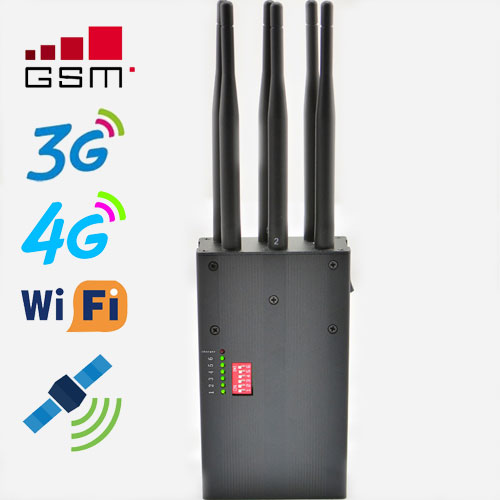A jammer sends a random signal (noise or pulses) with the greatest possible strength on a certain frequency and thus overlays the original transmission. Strategic jammers are used when targeted jammers are used. These devices are also known as jammers and the process as noise jamming.
Jammers are available for various radio protocols such as Bluetooth, WiFi, GSM, UMTS, LTE and GPS. The specific frequency of the radio protocols is disturbed. There are very simple and small devices that can only interfere with radio signals within a limited radius. For example, there is a small adapter for the car’s cigarette lighter with the function of disrupting the GPS signal. Under optimal conditions, mini jammer with an integrated battery have a range of up to 20 meters, depending on the version. Usually they can interfere with the signals in a room. Powerful stationary devices can have a range of up to 80 meters.

The use of jammers is illegal in Germany. They are primarily used by investigative authorities and military services. Some of them are used in detention centers to prevent prisoners from communicating illegally. The challenge here is that no signals are blocked outside, for example the cell phone signal to call the emergency call. Abroad, cell phone jammer is sometimes used in cinemas and theaters so that events are not interrupted by a cell phone signal. Another purpose is to block control signals from drones, for example.
If such a jammer is used by attackers, it can, for example, block the radio connections from surveillance cameras or window sensors from alarm systems. Therefore, interrupted connections must always be equated with an alarm. In addition, jammers can be identified by continuously testing a radio connection between two components with a cable connection. If the connection is interrupted, a jammer is active. Alternatively, but also more difficult to solve technically, the signal level, the strength of the radio signals, can be tested. If a new strong source is detected here, it could be a jammer.